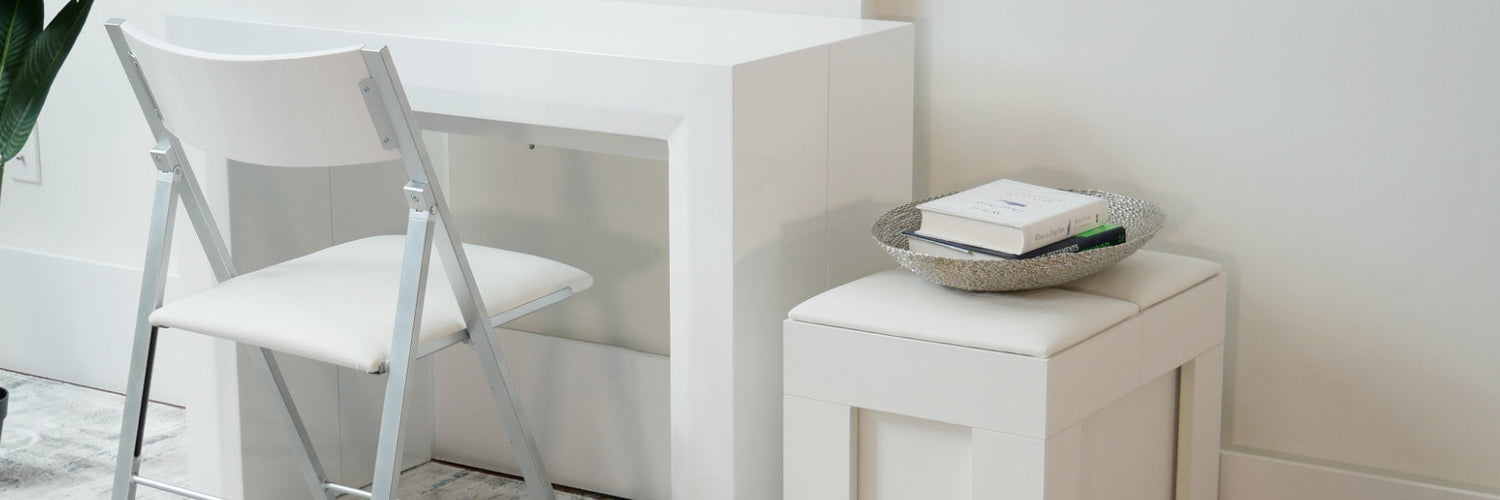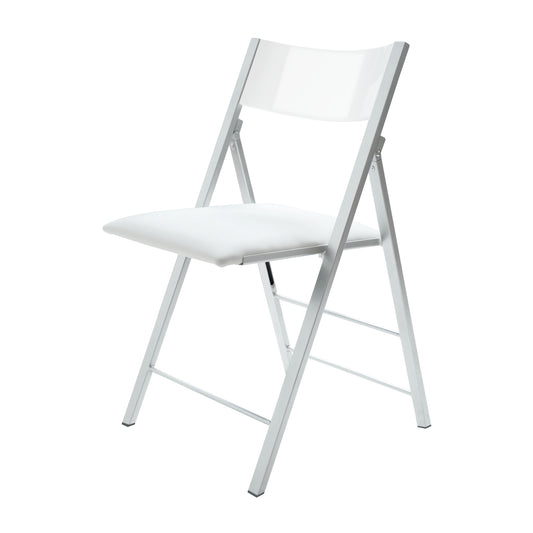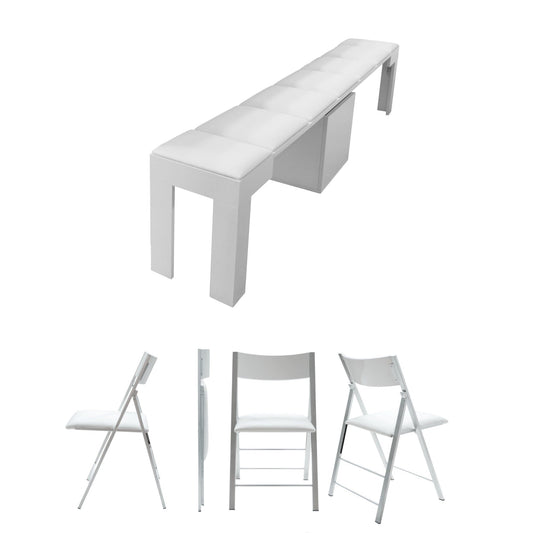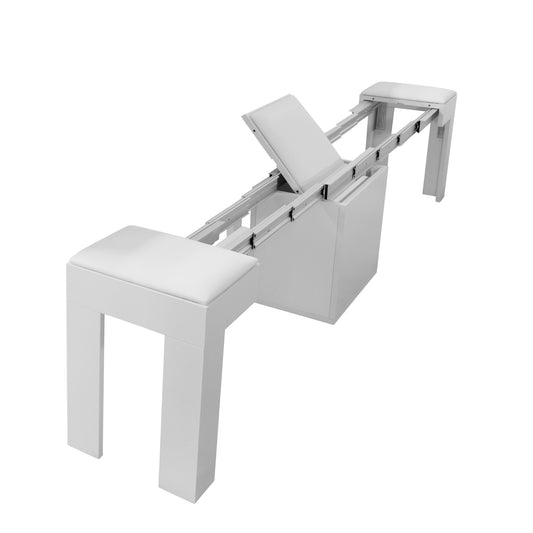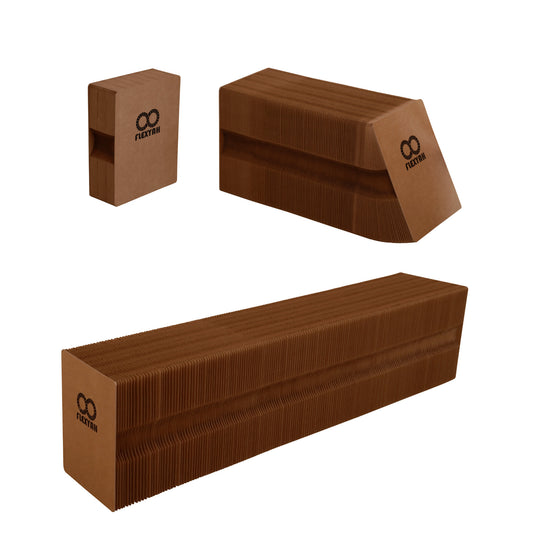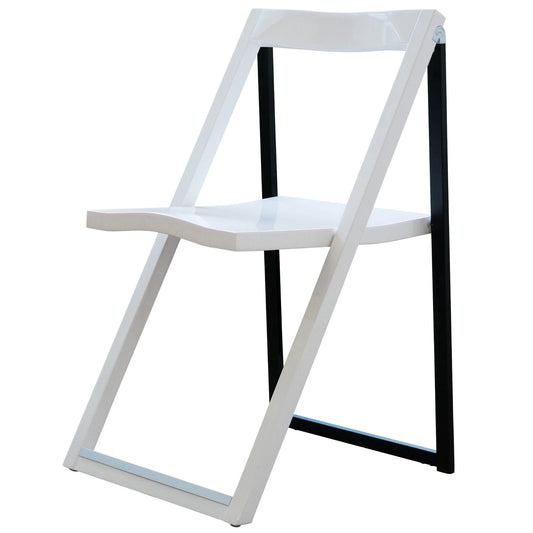Red wine on a sofa, carpet, or dining chair can go from “oops” to “oh no” fast. The good news? With quick action and the right method for your fabric, most wine stains can be removed.
This step by step guide covers seven popular red wines (Cabernet Sauvignon, Merlot, Pinot Noir, Syrah/Shiraz, Petite Sirah, Sangiovese (Chianti), and Zinfandel) across three common furniture fabrics for couches and chairs: Cotton, Linen, and Polyester.
The type of wine that caused the stain may determine how hard it is to remove, but good news, the process is about the same for each.
If you’re curious about the causes of red wine stains, scroll to the bottom of the guide to learn why some red wine stains are harder to remove than others. This can save headaches by changing the type of wine you serve during a celebration or holiday dinner where wine spills are bound to happen.
Removing Red Wine Stains From Furniture
There’s a few things to prepare before you begin lifting the wine stains. These are meant to help rid the stains by avoiding common mistakes like using hot water instead of cold.
- Blot the stain with a clean cloth (working from the outside in) and don’t rub. Blotting absorbs the liquid while rubbing spreads the stain and may push it deeper into the fibers.
- Use cool or room‑temperature water on fabric upholstery so the stains do not bind to the fibers from the heat.
- Always spot‑test cleaners in a hidden area so you don’t discolor a visible section. If you have a sectional couch, use a bit of fabric in between sections for the test. For standard sofas, try a small spot in the lower back side where it won't be seen.
- Avoid heat (hair dryers, steamers, hot water, etc.) until the stain is gone, because heat can set pigment.
- Go light on water to avoid soaking the cushion core which can lead to problems like mildew and smells.
- Do not use peroxide or harsh solvents on polyester or fabrics with colors like a linen sofa with a stripe pattern as it may lighten or discolor it.
Supplies You’ll Need
You’ll need the following supplies to remove red wine stains:
- Lint‑free dish cloths or paper towels (white is preferred as it lets you see the stain lifting)
- Cool water (preferrably distilled)
- Mild clear dish soap (no dyes)
- Cornstarch or baking soda
- Mixing bowl
- Measuring spoons
- Measuring cups
- Vacuum cleaner
- Spray bottle
Soap Mix
Part of the process requires you to create a soap mix. Combine the following in your mixing bowl:
- 1 cup cool water
- ½ tsp clear dish soap
Baking Soda Mix
For lifting older and set-in red wine stains, a baking soda mix may be required. In a mixing bowl combine the following until it forms a paste:
- 3 parts distilled water
- 1 part baking soda
Each wine spill behaves differently, and the right removal method depends on both the type of wine and the surface it hits. Luckily cotton, linen, and polyester follow the same standard techniques for lifting red wine stains. Below we start with how to remove red wine stains from cotton and linen furniture, then how to adjust the technique for polyester.
Cotton and Linen Furniture
Cotton’s sponge-like fibers soak up red wine almost instantly, allowing pigments, tannins, and acids to sink deep and create stains that set fast. Linen’s loose weave lets red wine spread and sink in quickly, which makes stains enlarge and set faster and easier than tight weave fabrics.
If the care tag shows “S” or “X,” avoid water, blot only and call a professional. If the tag shows “W” or “W/S,” follow the steps below.
Pro-tip: Use a cotton swab dipped in the soap mix and trace the outer edge of the stain to create a barrier that helps stop it from spreading.
How to Remove a New Red Wine Stain:
- Blot immediately with a dry and lint free dish cloth
- Dilute the stain with cold water
- Apply the soap mix
- Rinse and blot with a new dry and lint free dish cloth
- Dry thoroughly
- Repeat until the stain is lifted
Step 1: Blot Immediately
Start by gently blotting the spill with a clean dish cloth or paper towel, working from the outside in to prevent it from spreading. Avoid rubbing, since rubbing drives tannins and pigments deeper into the cotton fibers and makes the stain harder to remove.
Step 2: Dilute With Cold Water
Lightly mist or dab the stained area with cold water, then keep blotting to pull out as much wine as possible while it’s still fresh.
Step 3: Apply The Soap Mix
Dampen a clean cloth with the soap mix and gently blot the stain so the detergent emulsifies the pigments and tannins and releases them from the cotton or linen's porous weave.
Step 4: Rinse And Blot Again
Dip a fresh cloth in cold water and blot away the soapy residue, alternating between the soap mix and clean water until the stain begins to fade.
Step 5: Dry Thoroughly
Press a dry towel firmly against the area to absorb excess moisture, and then let the spot air dry. Don't use heat like a hairdryer as this may set any pigments you missed and bind them to the fabric's fibers.
What if you miss the spill and only find it after it dries? Don’t worry! With some extra effort, you can still break down the pigments and tannins and lift a red wine stain that has set-into your couch.
How to Remove Old and Set-in Red Wine Stains
You can use the method above for setting in and older red wine stains with one catch, you’ll need to rehydrate the stain and likely apply a baking soda mix.
- Rehydrate the stain by misting it with cold water
- Apply the soap mix
- Sprinkle on a bit of baking soda (use a test area first)
- Rinse and blot with a dry and link free dish cloth
- Use the baking soda paste (use a test area first)
- Repeat until the stain is lifted
- Dry once the stain is gone
Step 1: Rehydrate The Stain
Lightly mist the stained area with cold water to loosen the dried pigments and tannins, let it sit for 2-3 minutes, and then gently blot the stain with a clean cloth.
Step 2: Apply A Soap Mix
Dab the solution onto the stain with a clean cloth, then gently blot (never rub) to lift the wine residues from the cotton fibers.
Step 3: Baking Soda
Sprinkle baking soda, let sit 2-3 minutes, and then vacuum/brush.
Step 4: Rinse And Blot
Dampen a fresh cloth with cold water and blot the area to remove the cleaning solution, alternating between solution and cold water blotting until the stain begins to lift.
Step 5: Baking Soda Paste
Mix baking soda with cold water to form a thin paste, spread it over the stain for 10-15 minutes to draw out lingering pigments, then let the stain dry and brush/vacuum it away.
Step 6: Repeat If Necessary
For very old stains, repeat Steps 2-4 as needed. Deep Cabernet and Syrah pigments cling tightly to cotton fibers and often require several rounds of treatment before the stain lifts.
Step 7: Dry
Blot the area with a dry towel to absorb excess moisture, then let it air dry completely while avoiding direct heat, which can set any remaining pigments into the fabric.
Older Merlot, Pinot Noir, Sangiovese, and Zinfandel stains cling stubbornly to linen because of its absorbent weave, but polyester presents a different challenge. Instead of soaking in, wine pigments latch onto polyester’s smooth synthetic fibers, leaving sharp, surface-level stains. The cleaning strategy shifts from penetrating deep into fibers to breaking the bond between the pigment and the fabric’s slick surface.
Polyester
Polyester resists soaking up liquids, but red wine pigments cling to its smooth fibers, leaving sharp stains that are hard to lift and nearly impossible to remove once heat sets them.
Pro Tip: Check the upholstery tag before cleaning: W (water based cleaners OK), W/S (water or solvent), S (solvent only-avoid water), X (vacuum only-call a pro).
The biggest difference when lifting red wine stains from polyester furniture from cotton and linen is to not scrub or rub as this can cause damage as polyester is synthetic and cannot handle as much friction. You’ll also want to follow the cleaning mixes from the manufacturer’s website when it comes to the step where you apply the soap or baking soda mixtures.
The manufacturer will be able to say which mix is best for their furniture. Other than that, the steps are identical and polyester tends to be easier to remove the red wine stain from compared to cotton and linen as the liquids bead on top vs. absorbing deep into the fibers.
The Causes of Red Wine Stains in Furniture
Red wine stains are caused by anthocyanin pigments (color) and tannins (binders). Heavier, darker reds (Cabernet, Petite Sirah, Syrah/Shiraz) tend to be more stubborn, and lighter reds (Pinot Noir) can be removed more easily based on their levels.
Light red wines have lower anthocyanin level which means there's less pigment to absorb into fabric fibers and stain. Light reds contain fewer tannins, so anthocyanins remain in a more water-soluble form that detergents and water can more easily remove. The type of fabric strongly influences how liquids interact with it.
Linen absorbs quickly because its loose weave draws liquid through the gaps between fibers. Cotton, which is composed of about ~95% cellulose, contains abundant hydroxyl (-OH) groups that form hydrogen bonds with water, enabling deep penetration into the fiber walls and making stains more persistent.
In contrast, polyester is a synthetic polymer with a smooth, hydrophobic surface that resists water absorption, so liquids remain more on the surface than within the fiber. The larger amount of tannins and the fabric's ability to repeal or absorb and bind with the pigments is why some red wines leave harder stains to remove than others. But not the only reason.
Why Some Red Wine Stains Are Harder to Remove
If you’re planning a get together like a holiday or birthday party, you may want to adjust the red wines you serve. Here are the hardest and easiest red wine stains to get out of fabrics.
- Most stubborn - Petite Sirah, Syrah/Shiraz, Cabernet Sauvignon
- Moderately difficult - Merlot, Sangiovese (Chianti)
- Easiest - Zinfandel, Pinot Noir
Cabernet Sauvignon, Syrah/Shiraz, and Petite Sirah hit cotton upholstery with dense pigments and heavy tannins that soak in fast and cling hard. Cabernet’s anthocyanins soak in deep and bond tightly, Syrah/Shiraz’s tannins act like mordants that lock in the color, and Petite Sirah delivers both at extreme levels, often requiring multiple treatments. Acting quickly gives you a chance to prevent the stain from becoming permanent.
Merlot, Pinot Noir, Sangiovese (Chianti), and Zinfandel may not stain as dark as Cabernet or Petite Sirah, but each brings its own challenge on cotton and linen.
Merlot is rich in red-purple anthocyanin pigments that color and adhere to cotton and linen fabrics, Pinot Noir’s bright anthocyanins and acidity help the color bond to fibers, Sangiovese (the grape behind Chianti) combines vivid pigments with sharp acidity that makes stains grip tightly, and Zinfandel’s natural sugars add stickiness that makes color and residue cling.
Now you know how to get red wine stains out of cotton, linen, and polyester furniture, why some red wines cause stains that are harder to remove than others, and some of the science behind what causes the stains.
